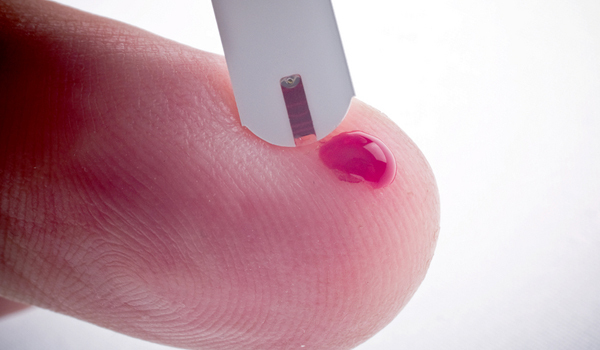People Dying of Diabetes Who Never Knew They Had It, Study Finds

People who don't know they have Type 1 diabetes may account for a surprising number of deaths from one complication of the condition, a new study says.
Nearly a third of people in Maryland who died over a six-year period from diabetic ketoacidosis, a condition of severe insulin deficiency, had no known history of diabetes, the study of autopsy results found.
While the researchers weren't able to definitively tell whether those who died had Type 1 or Type 2 diabetes, their high blood sugar levels suggest they probably had Type 1, said study researcher Dr. Zabiullah Ali, the assistant medical examiner for the Office of Chief Medical Examiner in Maryland.
The finding highlights the need for regular physicals that include checking blood sugar levels, especially if warning signs of diabetes are present, the researchers said.
The study was published in the September issue of the American Journal of Forensic Medicine and Pathology.
What happens when the body runs out of sugar
Diabetic ketoacidosis is a complication of diabetes that occurs when body cells don't have enough glucose (sugar) to use for energy, so they switch to burning fat instead. (Body cells need insulin in order to take up sugar from the bloodstream; in people with Type 1 diabetes, little or no insulin is produced.)
Sign up for the Live Science daily newsletter now
Get the world’s most fascinating discoveries delivered straight to your inbox.
Breaking down fat for energy produces molecules called ketones, which are acids and can build up in the blood. If ketone levels climb too high, they can poison the body, causing chemical imbalances that can lead to coma, or death.
In the study, Ali and colleagues looked at 20,406 autopsies and found 107 people who had died from diabetic ketoacidosis, although only 92 had data available for further review.
Out of the 92 cases, they found that 60 people were previously diagnosed with diabetes, while 32 were not.
Nearly half of those who died with no history of diabetes were in their 40s. The researchers also found that 84 percent of these cases were men, and 53 percent were African-American.
Adults can be diagnosed with Type 1 diabetes too
Type 1 diabetes was long referred to as "juvenile diabetes," because people tend to be diagnosed with the condition during childhood.
But now, "physicians are becoming more aware of the possibility of a diagnosis of Type 1 diabetes in the adult population," said Dr. Mark S. Segal, a nephrologist at the University of Florida, who was not involved in the study.
"It's relatively new that we're seeing more adults are being diagnosed with Type 1," Segal said.
Ali emphasized that people should pay attention to any warning signs that point to diabetes, such as needing to urinate frequently, constant thirst, nausea and vomiting.
People newly diagnosed with Type 1 diabetes may go through a "honeymoon period," in which they may be able to function even though they aren't making insulin — but that period doesn't last long, he said.
"Once the period ends, they get into trouble fast," Ali said. Healthy people should have their blood sugar checked one or twice a year.
"But if you have symptoms, you should go to the doctor immediately," he said.
Pass it on: Getting blood sugar levels checked could help prevent diabetes complications, such as diabetic ketoacidosis.
This story was provided by MyHealthNewsDaily, a sister site to LiveScience. Follow MyHealthNewsDaily on Twitter @MyHealth_MHND. Find us on Facebook.









